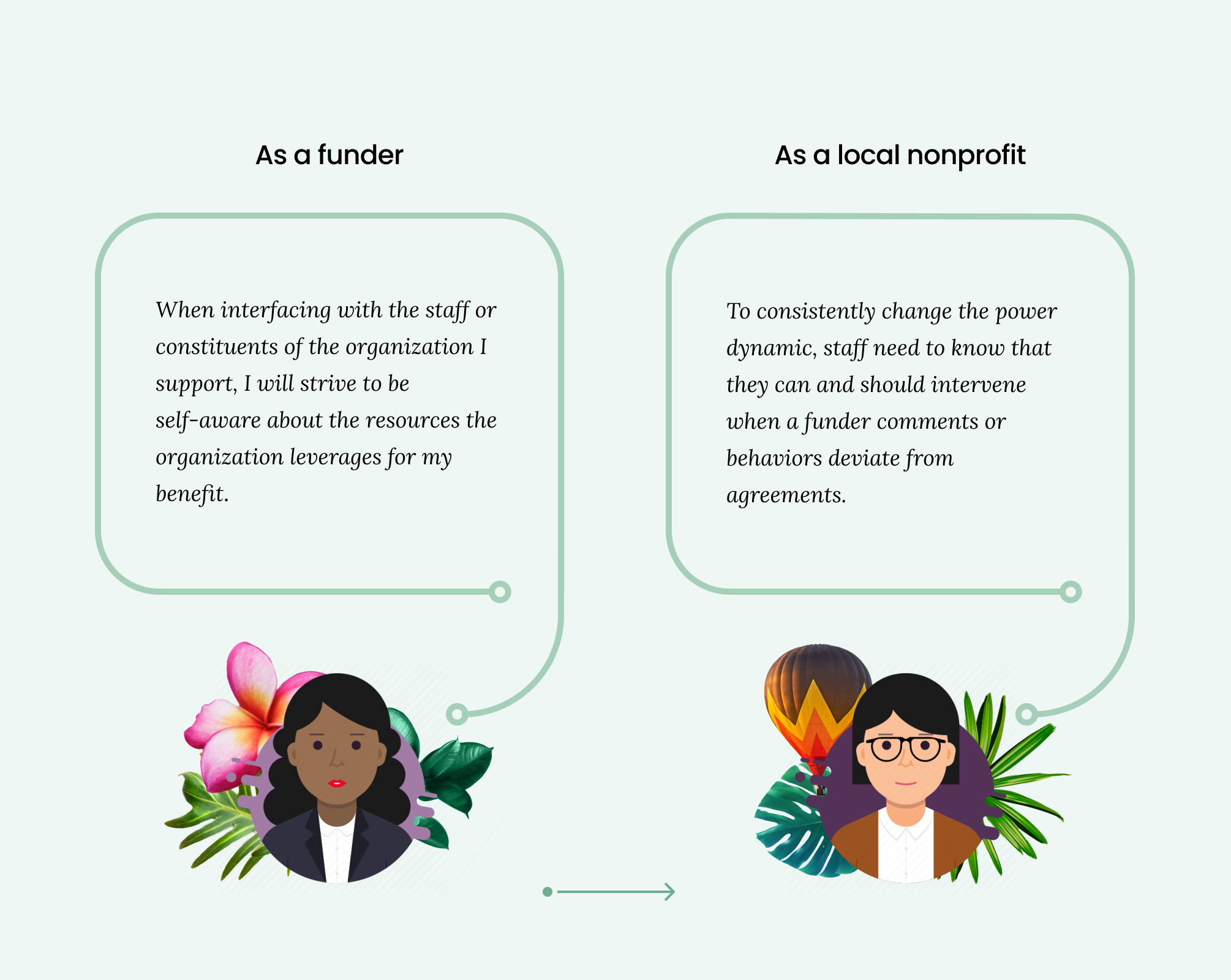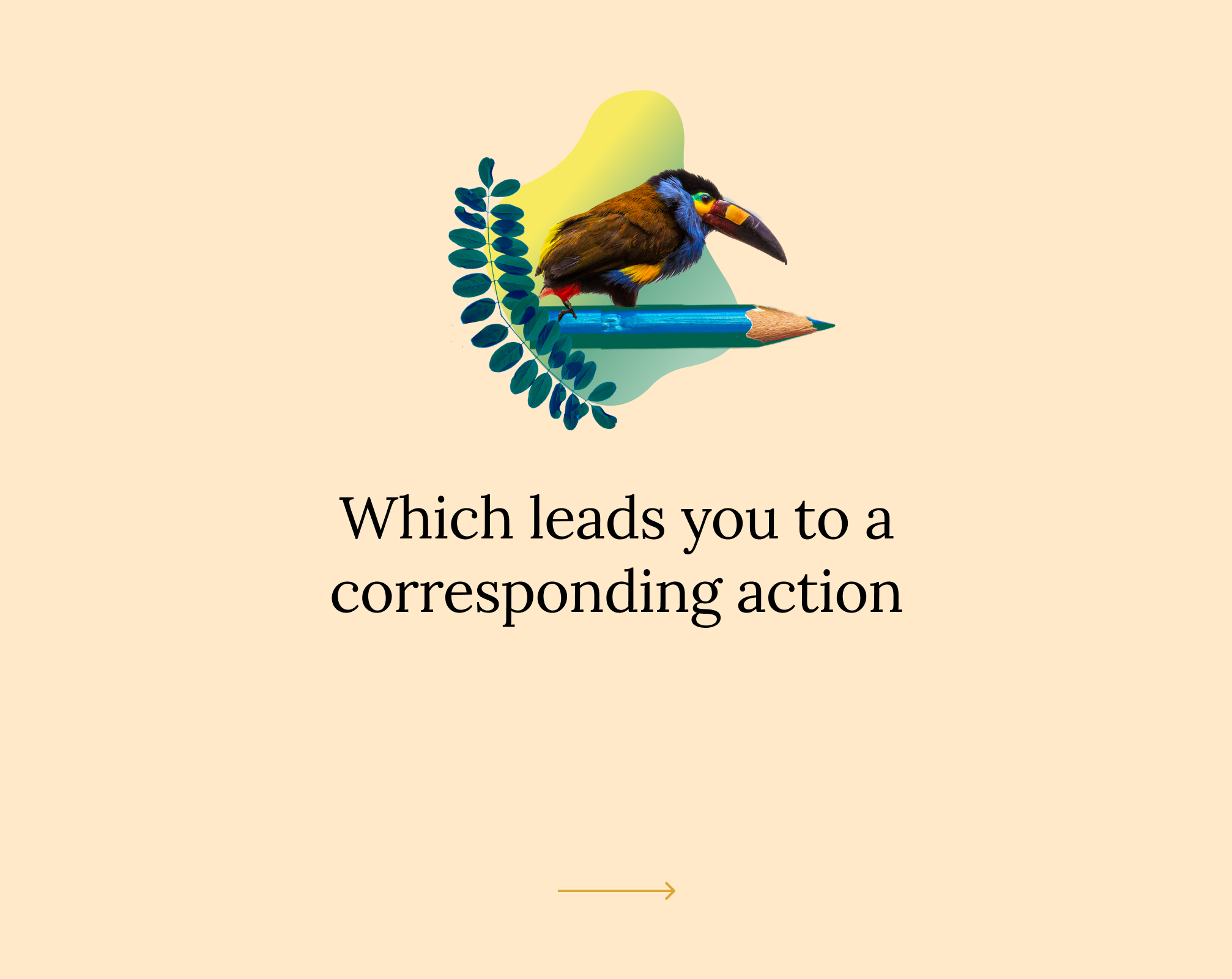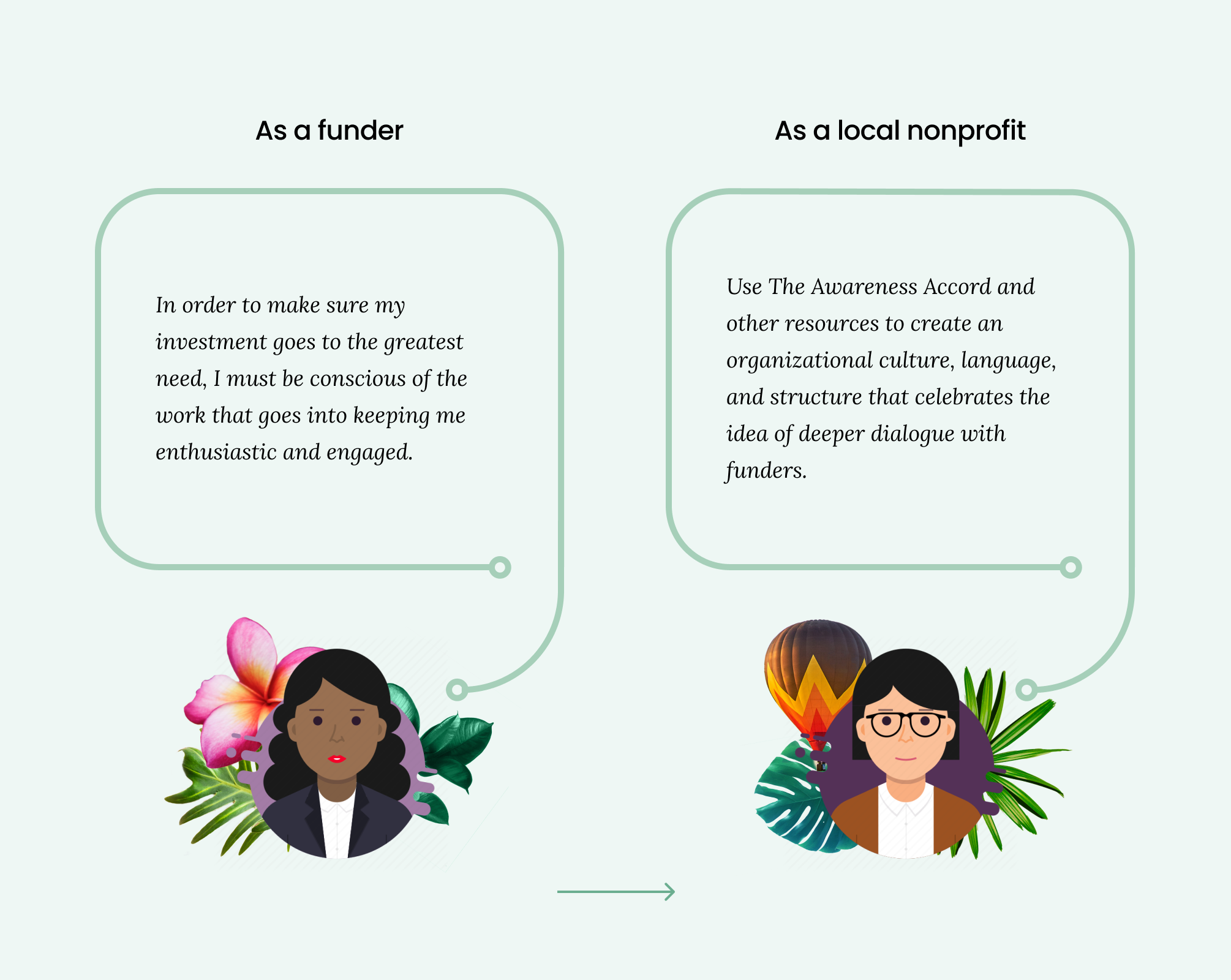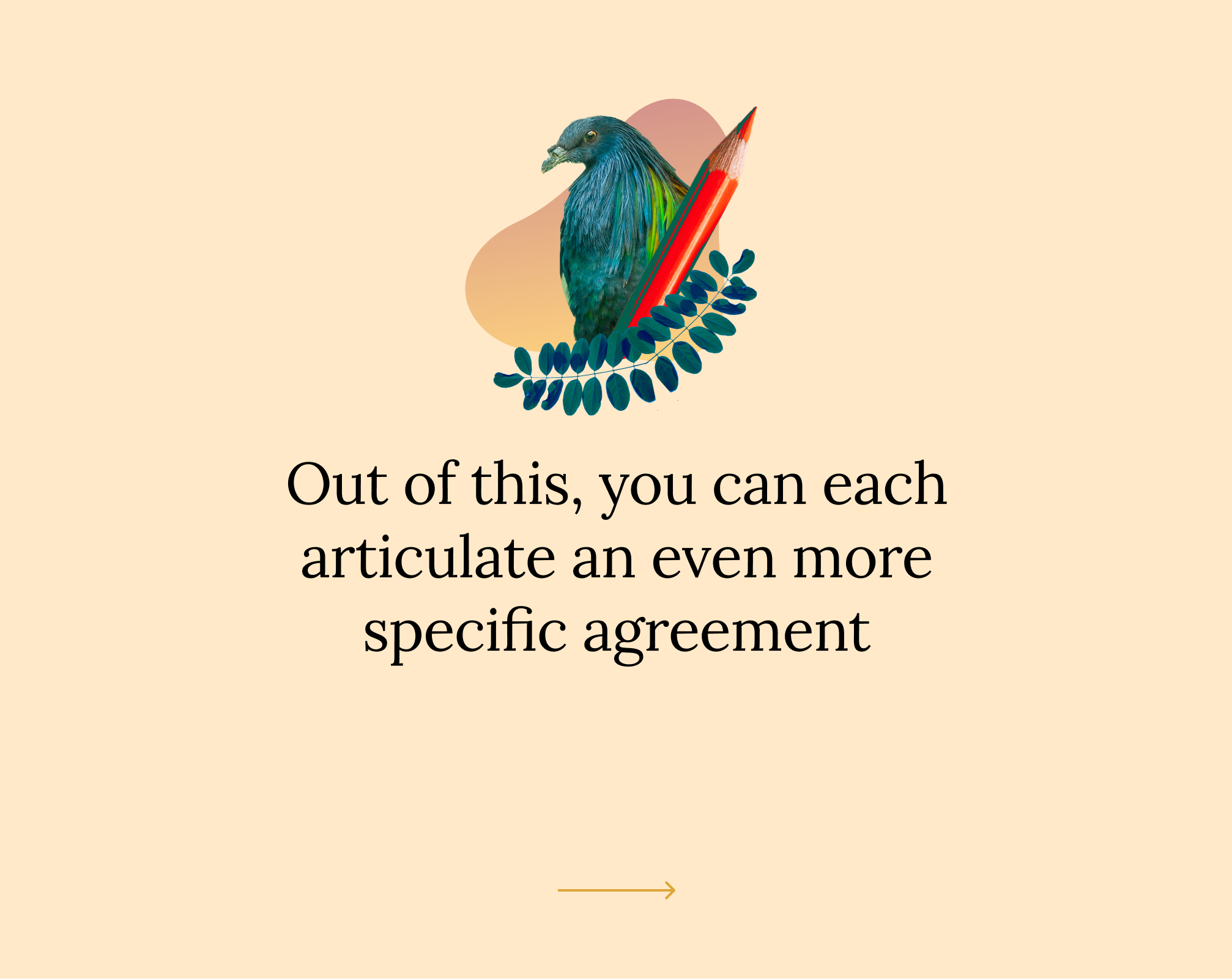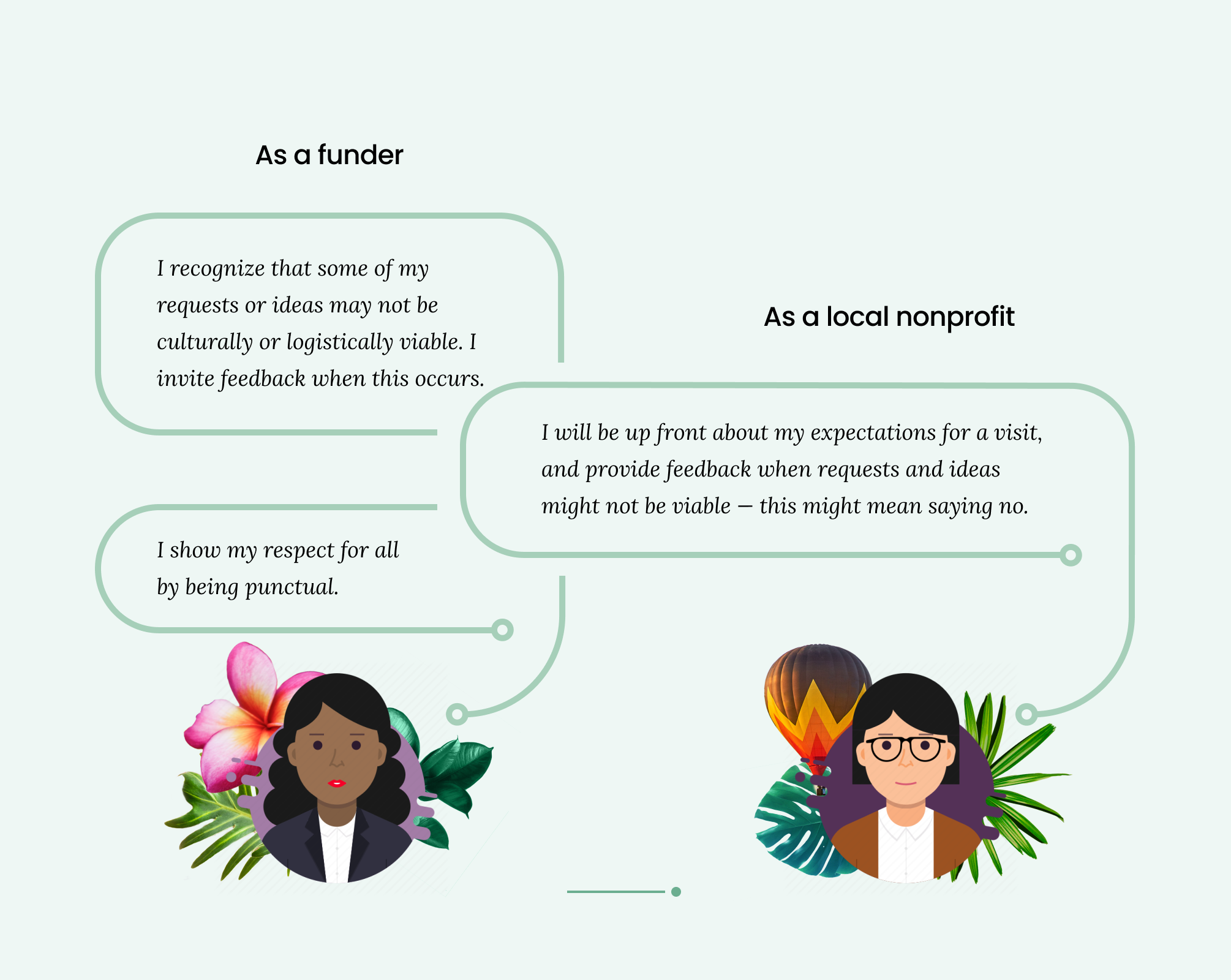Mutual Agreements for funders and non profits
So you’re ready to give a grant to a local leader. You’ve already spent time getting to know each other, and you’re committed to putting trust into practice. Your head is in the right place. Now how do you kick it all off? Let’s take a deeper dive into mutual agreements.
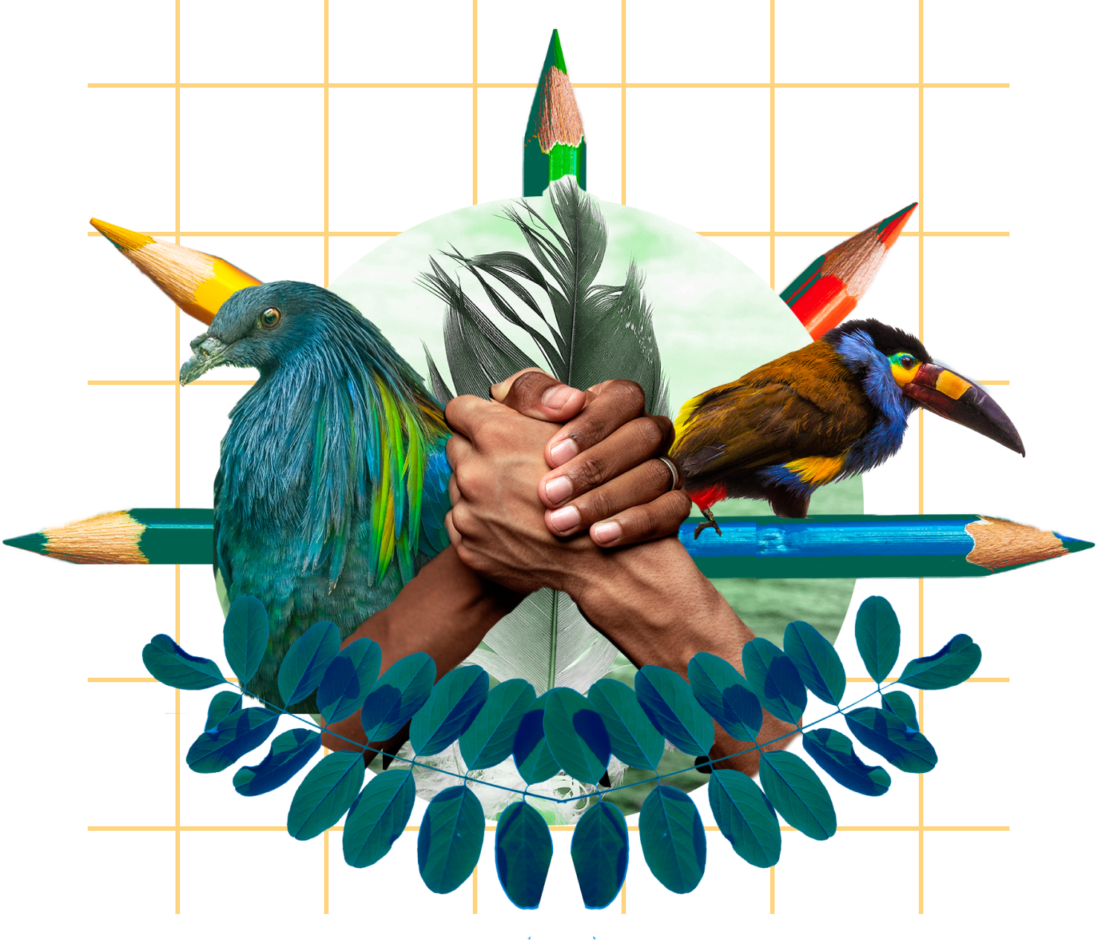
You might be thinking that the grant agreement you’ve used in the past is working just fine. But it’s worth taking another look — this time through the lens of power dynamics.


Power imbalances can show up in incredibly nuanced ways.
Power imbalances can also lead to pretty huge missteps.
When a funder wanted to donate a shiny new flush-toilet bathroom, the power dynamics between the villagers and grantmaker prevented an honest conversation about the true needs of the community. The bathrooms were built — even though there was no running water. After thousands of dollars spent, the children at the school were still using a cornfield.
It’s about partnership, not paperwork.
- Local organizations can put all of their energy towards their work, instead of tiptoeing around a grantmaker.
- Funders and local leaders can communicate honestly and efficiently.
- Everyone can learn and grow from mistakes.
Added bonus: Partnership just feels better. Seriously, a lot better. It will be a more meaningful learning experience for everyone involved, and authentically link you together in your shared mission.
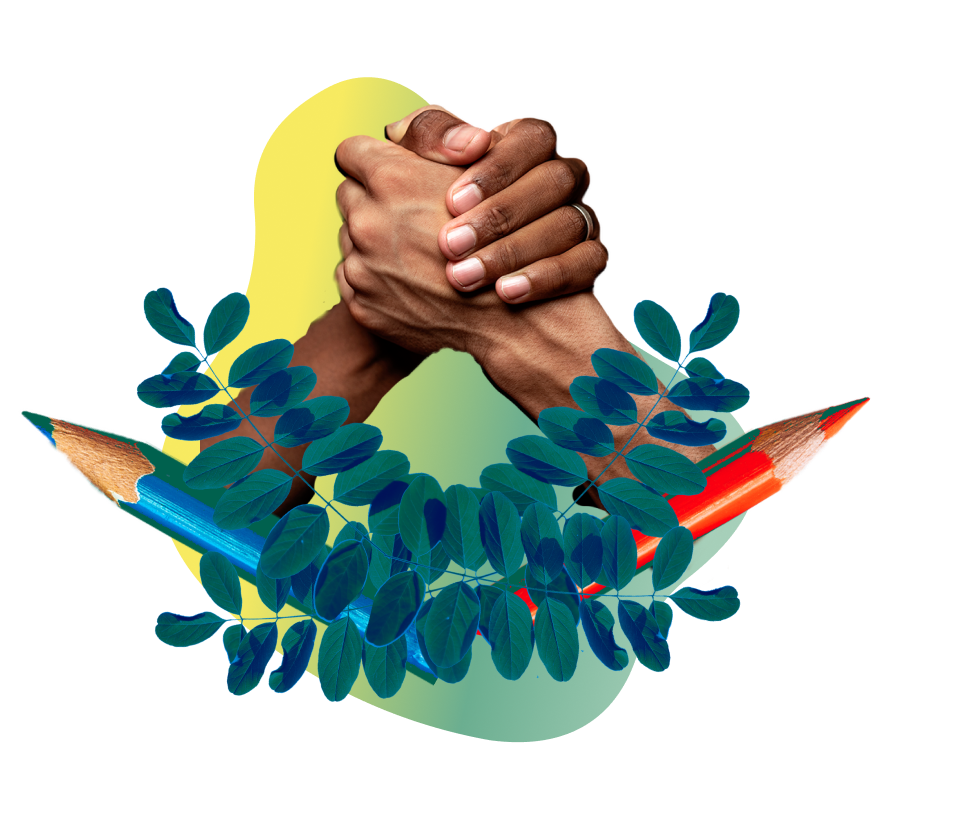

How to set up an equal, honest partnership
Your letter of agreement is a reciprocal document.
So what exactly are these agreements? Rather than just focusing on financials, a letter of agreement can be a holistic view of your relationship and interactions. Together, you will answer questions like: How often do we communicate? How will funders offer feedback? What can be published for public consumption? When will the relationship come to a close? Your answers become a document you can return to when things get complicated and you need to make strategic decisions. Since power dynamics show up throughout any engagement, these agreements aren’t just for the beginning of a relationship — they’ll be your guiding compass for every step along the way.
Find a framework that works for you and your partner.
Travis Ning’s Awareness Accord is a great framework for individual funders and local organizations to have productive, meaningful conversations around agreements. It lays out three key concepts to explore through every step of your partnership, and models how to transform those bigger ideas into concrete agreements.
Let’s look at one concept as an example:
Two other important takeaways from The Awareness Accord’s format: 1) be really specific to address the needs of everyone at the table and 2) use “I” statements and active verbs to ground your commitments. Whether you use The Awareness Accord or another structure to guide your conversation, agreements like these can become the foundation for a document that formalizes the beginning of your partnerships.
More resources and templates


If you want guidance on finding shared values
Dive even further into The Awareness Accord with this spreadsheet as your guide. It’s incredibly useful for framing your conversation with a new partner — use the examples to spark your own ideas and then align together.
If you’re in an existing partnership with a nonprofit, there’s still space to have these conversations. The Awareness Accord even has a template for drafting a letter that proactively engages your partner organization.
If you have an existing partnership
This resource includes a great self-diagnostic checklist to help you understand your current approach in relationships and identify areas you could strengthen. It’s designed as a worksheet, making it easy to find suggestions from real funders and nonprofits, while brainstorming concrete next steps for yourself.
If you’re ready to sign a document
When you’ve already established some shared agreements and would like to see what a real document can look like, this is a great example. We like how the template is laid out to establish a reciprocal relationship from the beginning and covers many aspects of a partnership all in one document — including the details of funding length and amount.
If you’re a foundation
We think this could be a helpful example to check out if you’re an established foundation. It’s got clear and simple language, and the content itself focuses on supporting local organizations with streamlined processes. It’s a great start when you’re finding ways to approach paperwork with trust as your first goal.
Have a great template for letters of agreement? We’re collecting more resources to share with our community. Send it our way →
Sign up for our lightweight newsletter
News, events and resources for equitable philanthropy
